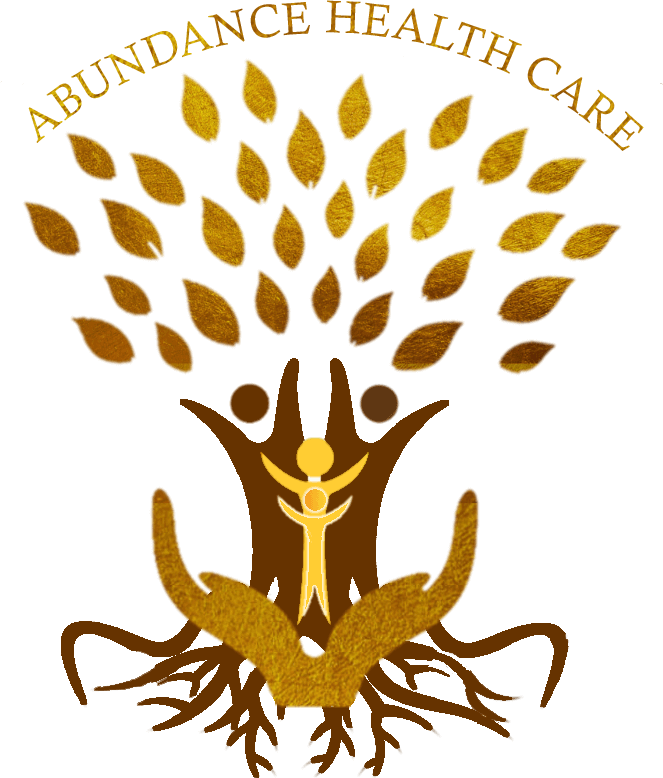Introduction
Minor burns are common skin injuries that affect the outer most layers of the skin. Burns are caused by heat, such as fire, but can occur from several other sources, such as hot liquids, the sun, or certain chemicals. Minor burns can be treated with first aid at home or outpatient care from a physician. Severe burns are a medical emergency and require immediate attention.
Anatomy
Your skin covers your body and protects it from the environment. Your skin is composed of three layers, the epidermis, dermis, and subcutaneous tissue. The epidermis is the outermost layer. It protects your inner skin layers. The dermis is the second layer of skin. It is made up of connective tissue and provides structure. It is composed of collagen and various elements that give your skin strength and elasticity. The dermis contains hair cells, sweat glands, and sebaceous glands that secrete oils to hydrate the skin. Subcutaneous tissue is your inner most layer of skin. Subcutaneous tissue contains fat cells. The fat cells insulate your body and make your skin appear plump and full.
Causes
There are many causes of burns. Dry heat, such as fire or a hot object; wet heat, such as boiling water, steam, or hot liquids; radiation, such as from the sun or nuclear radiation; friction, such as rubbing forces with an object; electricity; and certain chemicals can all cause burns.
Symptoms
Diagnosis
Burns are characterized by the degree to which they affect the skin:
First Degree Burns
First Degree Burns only affect the epidermis, the outer layer of skin. The skin may appear red and is painful. The skin may appear swollen.
Second Degree Burns
Second Degree Burns affect the first two layers of the skin, the epidermis and the dermis. In addition to severe pain, swelling, and splotchy redness, second degree burns cause blistering.
Third Degree Burns
Third Degree Burns affect all three layers of the skin. The skin may appear blackened or charred. The skin may feel numb. Third Degree Burns require emergency medical treatment.
Fourth Degree Burns
Fourth Degree Burns affect all three layers of the skin and extend beyond the skin to underlying tissues; muscles, nerves, blood vessels or bones. Fourth Degree Burns require emergency medical treatment.
Treatment
People with First or Second Degree Burns should use first aid and consult their doctor. People with more serious burns should receive emergency medical treatment. First aid for minor burns includes running cool water over the affected area for five minutes. Do not use ice, as it may cause frostbite. Loosely cover the burn with dry sterile gauze. Take over-the-counter pain relieving medication. Consult your doctor about appropriate pain relievers for children.
Recovery from minor burns can take several weeks. It is important to keep the skin clean and dry. Follow your doctor’s instructions carefully.

Copyright © - iHealthSpot Interactive - www.iHealthSpot.com
This information is intended for educational and informational purposes only. It should not be used in place of an individual consultation or examination or replace the advice of your health care professional and should not be relied upon to determine diagnosis or course of treatment.
The iHealthSpot patient education library was written collaboratively by the iHealthSpot editorial team which includes Senior Medical Authors Dr. Mary Car-Blanchard, OTD/OTR/L and Valerie K. Clark, and the following editorial advisors: Steve Meadows, MD, Ernie F. Soto, DDS, Ronald J. Glatzer, MD, Jonathan Rosenberg, MD, Christopher M. Nolte, MD, David Applebaum, MD, Jonathan M. Tarrash, MD, and Paula Soto, RN/BSN. This content complies with the HONcode standard for trustworthy health information. The library commenced development on September 1, 2005 with the latest update/addition on February 16, 2022. For information on iHealthSpot’s other services including medical website design, visit www.iHealthSpot.com.


